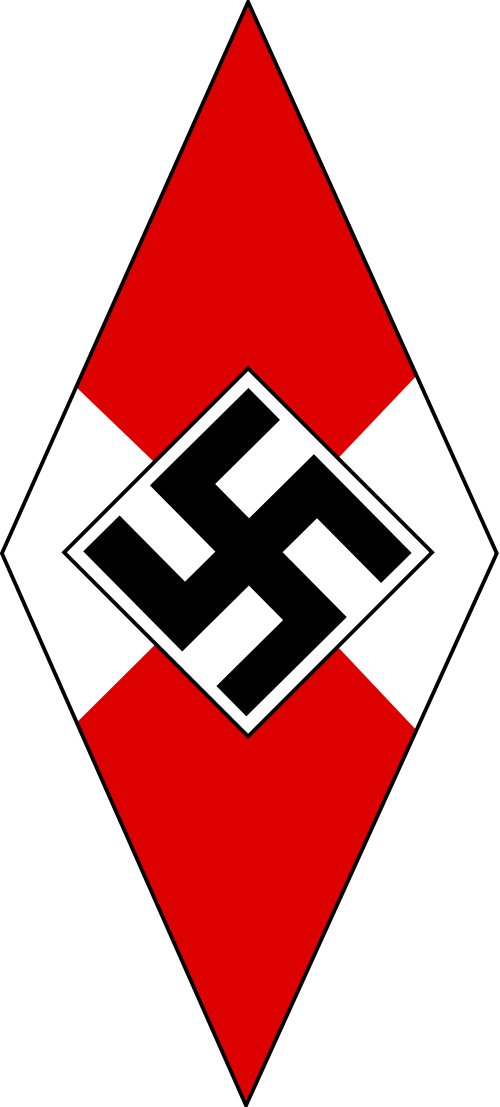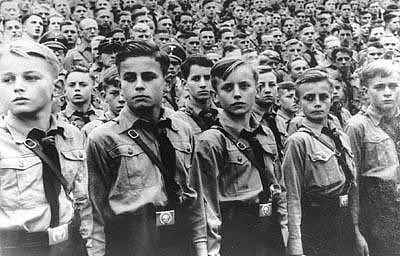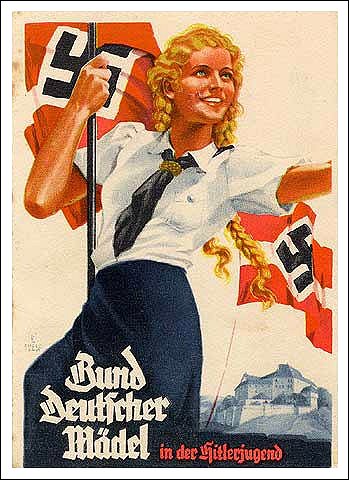

 Wikipedia Sitemap |
|
|  Useful Links 1 Useful Links 2 |
Kevelaer is a little town in Germany, with a shrine dedicated to the Holy Mary. When I was still in grade school, Ma took me there with her in a special train. Believe it or not, but once a year a real whistle blowing, squealing, smoke and steam belching iron horse would come to a halt where the tracks crossed the road and picked up the pilgrims on its last stop before the border. At the border the Germans came aboard to check, but were not nasty or miserable. Here they would change the locomotive with one of their own and we went on our way.
My eyes must have been twice as big when the trip was over. Imagine me going to a foreign country, where the people talked and dressed differently. The first thing I noticed was that we were important because at level crossings people with horses and wagons and bikes stopped to let us pass. Never in my life had anybody ever paid attention to me, let alone waited to let me pass. I sure felt very important.
All the railway engines in Germany (DEUTSCHLAND as it is called in Germany) had screens covering the smoke stacks, probably to stop sparks from flying out and setting the woods on fire. We did not have that on our machines. Also their railway ties were made out of steel, so they couldn't rot, but wouldn't they rust?? Sometimes an answer raised more questions.
Now the place and people, man alive - there must be hundreds, maybe a thousand pilgrims from all over Europe. I found out that they came from Austria, Poland, Italy, Hungary, etc. This went on most of the summer.
Each and every day there were processions with prayers and songs and banners and flags. It seemed the whole town was geared up for this spectacle. The pilgrims were all boarded in private homes, and the well-to-do lived for three or four days in the hotels.
In the church, I stood in awe, when I saw the many crutches and canes all piled up in the back. I had to find out why they were all there. Was it for people who got sick? Broke a leg or became crippled? It turned out to be the total opposite. All those mechanical aids were left by people who were miraculously cured. Oh!
When I was 17, in 1937, I joined a club of bicyclers who went to Kevelaer every August. We would leave Friday morning and arrive the same day about 120 km away. We would return on Sunday. It was a long drag but I enjoyed every bit of it and so did the other 20 or so fellows.
A big change took place since Hitler took over the reins in 1933 when he became Reichskanzler (title of the head of state in Germany from 1871 to 1945 - which turned into a dictator). He was the master of all, and the people better remember. Every household had a bust of Adolf in their living room - this was the law!
Hitler-Jugend (Hitler Youth) were everywhere you looked, giving you the impression that you were being watched, which I believe was the purpose. They had brown uniforms, real neat looking. I made some smart remarks about them and two of them jumped right in front of us and demanded to be informed of what we were talking about. I tried to explain something about a motorbike which was parked. He didn't grasp one word so I kept talking about my grandmothers who figured it was alright to insult them as long as I did it in Dutch. They left.
Hitler did not prohibit religion outright. But every boy had to join the youth club, then they had to follow military exercises always on Sunday mornings so they could not go to church. Sneaky for sure. The people were very nice and treated us well. We had no problems at the border.
Related resources:




● Hitler Youth from Wikipedia. "The Hitler Youth (German: Hitler-Jugend, abbreviated HJ) was a paramilitary organization of the Nazi Party. It existed from 1922 to 1945. The HJ was the second oldest paramilitary Nazi group, founded one year after its adult counterpart, the Sturmabteilung (the SA). It was made up of the Hitlerjugend proper, for male youth ages 14-18; the younger boys' section Deutsches Jungvolk for ages 10-14; and the girls' section Bund Deutscher Mädel (BDM, the League of German Girls)."
● The History Place: The Hitler Youth. Complete History in 5 Chapters: 1) Beginnings to 1923. 2) Road to Power 1923-1933. 3) Prelude to War 1933-1939. 4) Hitler's Boy Soldiers 1939-1945. 5) Aftermath: Nuremberg and Beyond. Timeline and Organization Info and Radio Clips.
● Hitler Youth (HJ) by Avi Hein, Jewish Virtual Library.
● The Hitler Youth. Excellent resources from Historical Boys' Clothing (Uniforms) created by a former teacher. "He alone, who owns the youth, gains the Future! ~ Adolf Hitler, speech at the Reichsparteitag, 1935."
"The Hitler Jugend (Hitler Youth), the NAZI party's youth movement, indoctrinated German youth to perpetuate the '1,000 year Reich.' The Hitler Youth movement emphasized activism, physical training, NAZI ideology, especially nationalism and racial concepts, and absolute obedience to Hitler and the NAZI Party."
"Once the NAZIs seized power and the Hitler Youth became a state youth program, the uniform became much more standardized. The basic uniform of brown shirt and black short pants varied little over time."
Site includes numerous photos plus Background of the Hitler Youth, Chronology, History, Membership, Legal Status, Organization, Utility, Principles and Ideology, International Activities, Approach, Activities, Programs, Mindset, Uniform, Banners, Documents, Requirements, Publications, Portraits and Snapshots, Critical Charges, Personal Accounts, and more.
●
Hitler Youth Uniforms from Historical Boys' Clothing (HBC).

● Kevelaer from Wikipedia. "It is the best visited Catholic pilgrimage location within north-western Europe.[citation needed] More than 1 million pilgrims, mostly from Germany and the Netherlands, visit Kevelaer every year to honour the Virgin Mary."
● The Pilgrimage - Site of Kevelaer.